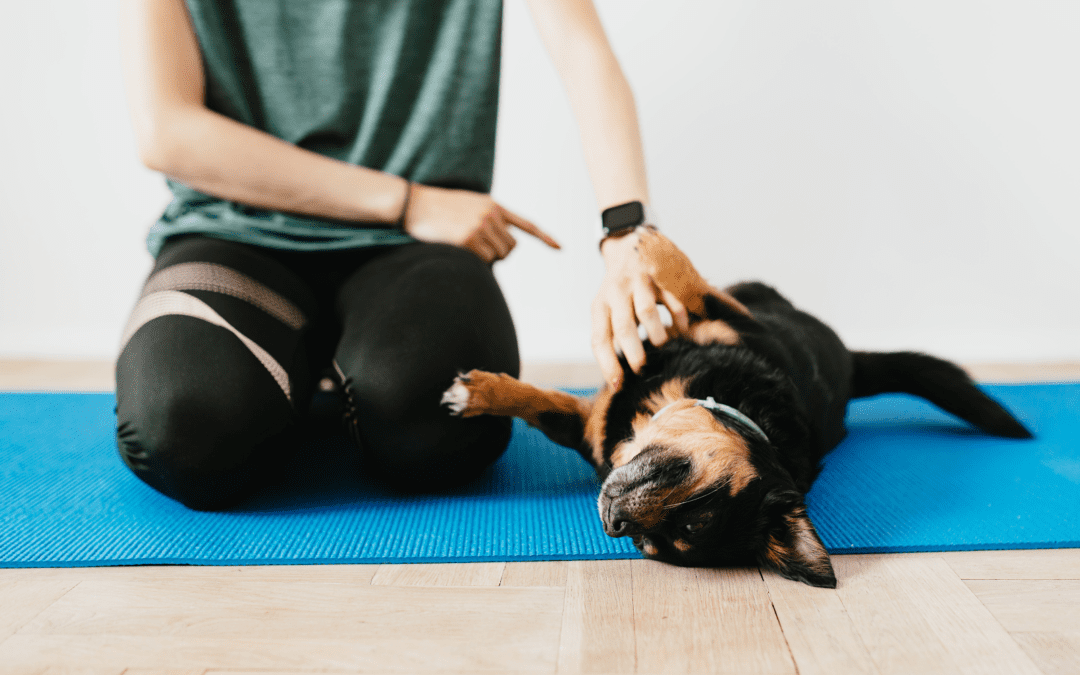It is the duty of responsible dog owners to take care of their pet’s well-being. This includes taking care of their nutrition, making sure they remain healthy, and providing proper training. Considering the environment of your dog, you may have to shield them from external and internal parasites that seek to make your dog’s body their home. Most dog owners will tell you that getting rid of fleas is one of the biggest challenges you can face as an owner. Here’s what you need to need to know about them and how you can protect your dog.
The Flea Lifecycle
Your dog will most likely catch fleas from its surroundings. Adult fleas are small but can hop long distances compared to their own length – about 4-5mm. Hence, a lone flea can jump onto your dog when they interact with other animals at the vet or outside. Fleas live on their host, feeding, mating, and excreting on them. They breed and lay eggs within the excrement that hatch within a week. The larvae feed on the dried excrement and develop into a pupa – a cocoon stage where they develop into adult fleas. Once out of the cocoon, the adult flea looks for a new host to infest, and the cycle continues.
Signs Your Dog Might have Fleas
Flea bites cause irritation because they release compounds in their saliva that inhibit blood clotting. Your dog will sense this disturbance and start scratching, biting and rubbing against surfaces. This worsens the infestation, allowing flea dirt (a mixture of flea excrement, eggs, and pupae) to drop in various regions of your home. If the infestation is left to linger, your dog may start losing hair, its coat might get clumped up, and it may even get a skin infection. In severe cases, your dog might have intense allergic reactions to the flea bite, develop a bacterial infection, or get additional parasites like tapeworms, making them lose weight.
Getting Rid of Fleas
Getting rid of fleas requires a two-step approach. First, you have to treat the infestation on your dog. Typically, fleas like to reside on the underbelly and near the hind legs as these places are dark and hard to reach for your dog. Consult your vet regarding the best course of treatment to rid your dog of fleas. They can recommend oral medication, topical creams, sprays, and shampoos, or flea collars as a possible course of action.
The next stage involves getting rid of the flea infestation in your house. In all flea infestations, more than 90% of them reside in your house in the form of eggs, larvae, pupae. This stage can be done concurrently while adult fleas are removed from your dog’s body. The most likely places you’ll find flea dirt are those where your dog frequents the most. So make sure you intensely clean those areas. Make sure to use a vacuum cleaner to pick up all flea dirt from hard-to-clean places like carpet, upholstery, and curtains.
If you have a flea problem it is wise to call a professional pest control company that will remove the insects and keep your home safe. Give AntsPlus a call today, and we will help you solve this annoying problem!
